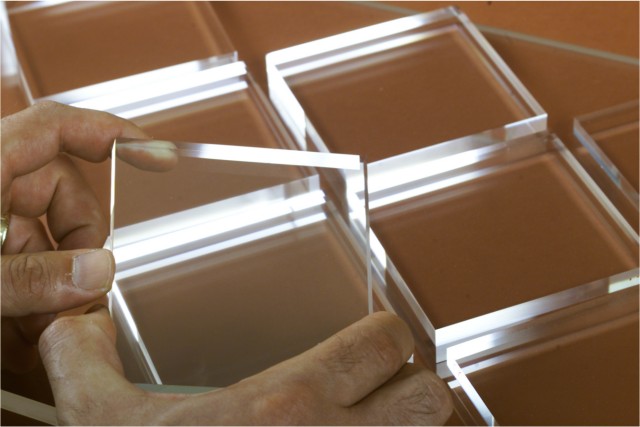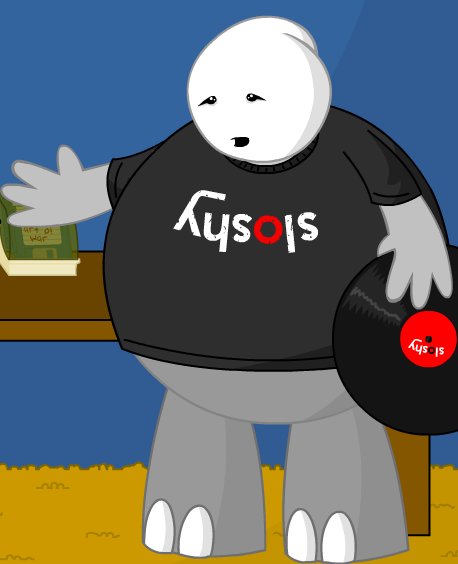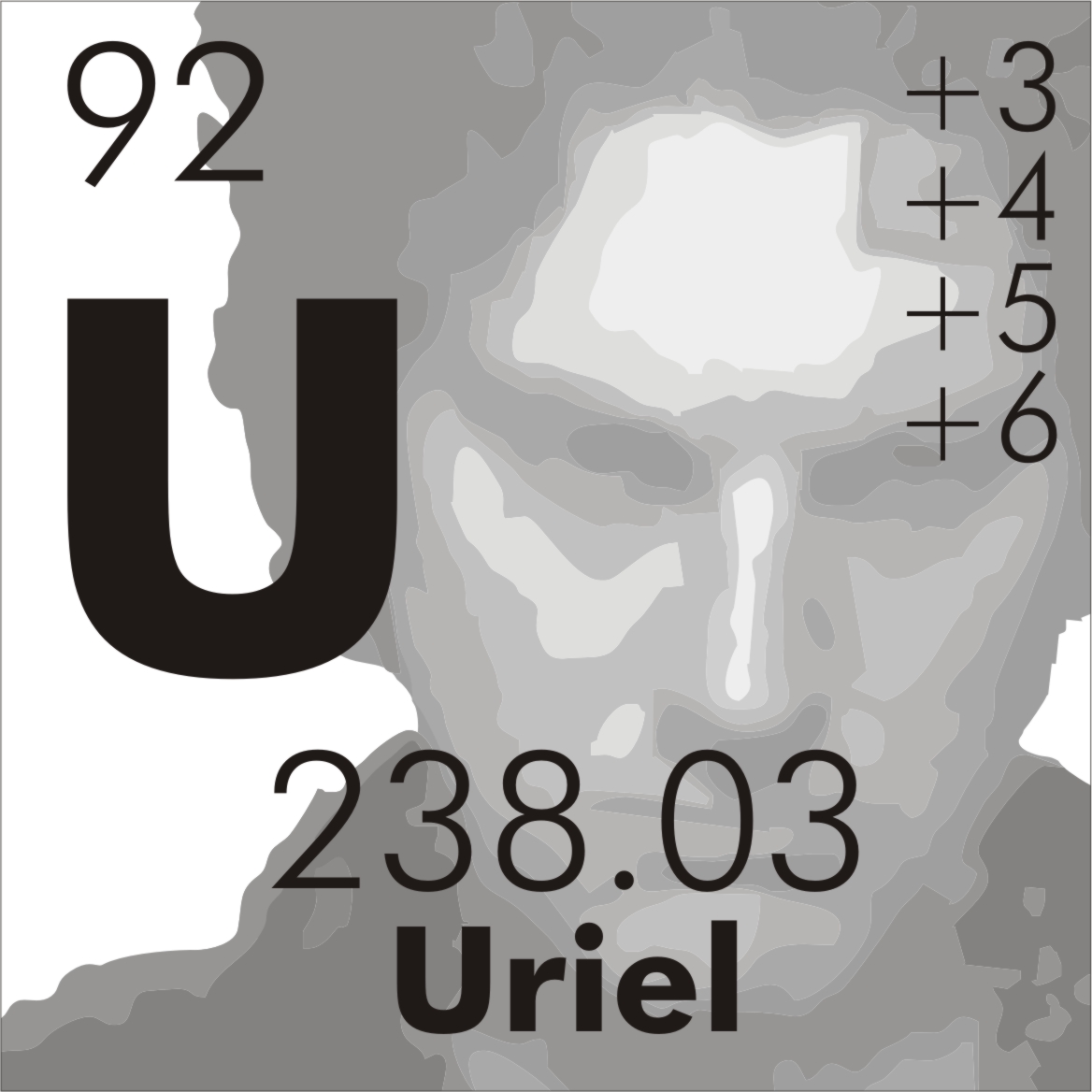Hello computer!?
You have to use the mouse.
How quaint!
*Picks up mouse and says:
‘ok computer’
Then types over 100 WPM when he’s likely never touched a keyboard ever.
That part always bugged me being a computer guy that actually uses a keyboard.
But it’s Scotty. Makes sense to me.
Yeah, but the reason he’s so fast is because you can’t catch a greasy Scotsman, and I’m sure he was quite sweaty in that turtleneck.
ChatGPT:
Hello! How can I assist you today?
Some things they did get right…
PLS to help

Not now, Madeline!
I noticed you’re still working with polymers.

Misleading name, on the same level as calling water “non-explosive hydrogen”. That said the material looks promising, as a glass replacement for some applications (the text mentions a few of them, like armoured windows).
(It is not a metal; it’s a ceramic, mostly oxygen with bits and bobs of aluminium and nitrogen. Interesting nonetheless, even if I’m picking on the name.)
We’re gonna get transparent metal before the easy parts like to stop killing each other. Roll on Star Trek
TBF in the Star Trek universe they also do get transparent aluminum earlier than stopping the wars.
According to Star Trek lore, WW3 will begin in 3 years, and last for 27 years.
Buckle up.
Can we not? Please?
Don’t worry! WW3 will be preceeded by the Bell Riots, a collection of revolts by people treated inhumanely and stuck in slums. It will be a fun little distraction before the fireworks. It’s even got it’s own count down now!
I want science fiction to remain fiction.
Edit: Aside from the cool stuff, that’s fine, I’ll have some of that.
Well you’re getting transparent aluminium, what are you complaining about?!
And if I’m being honest if the end game is Star Trek I’m fine with the stuff in between. It beats the end game being Warhammer 40k.
Agreed. Though it has crossed my mind that the in universe explanation for why the Federation is so enlightened and willing to care for all of its citizens because of the horrors Earth went through.
But yeah, definitely would like to avoid WW3/the Bell Riots.
Some say WW3 is cool tho
Found Raytheon’s lemmy account.
its* own countdown
As long as we kill anyone with the last name of “Green”, we should be fine.
You misunderstand, we’re in the mirror universe.
That would be the hydrogen bomb. If we created a sizeable MIRV of cobalt bombs and pointed them at Jerusalem on an automated system that tracked the rate of violent death, suddenly all the religious types would get really polite.
(Obviously this is a supervillain example. we’re considering alternative vectors towards peace and humanitarian aid in the holy land before holding it hostage. We’re also running out of saner ideas.)
(Also, the Soviet Union did consider a doomsday device a la Dr. Strangelove as a cold war nuclear deterrent before the politburo decided it would never authorize a retalitory strike for sake of the species and moved on to Мирное сосуществование. Nearly eighty years without a nuclear war shows us even religious fanatics and madmen don’t want to extinct the human species. Their heart’s not in it.)
The problem is, smaller interests can’t get the bomb yet. It takes too much complex industry to make. As a result, we still have huge swaths of powerless population to be bullied, enslaved and exploited.
Once the superweapon made from fir wood, Indian ocean tuna, granite and parafin becomes public we’ll have to negotiate with even the smallest faction and arrange for the welfare and contentment of everyone… that is if we survive the intermediary tensions. Our plutocrats may choose extinction over giving up their power.
Once the superweapon made from fir wood, Indian ocean tuna, granite and parafin becomes public we’ll have to negotiate with even the smallest faction and arrange for the welfare and contentment of everyone…
Don’t worry, biological weapons get easier to make every day!
In that respect, I suppose it’s more on the Star Wars track, where “transparisteel” is used on the TIE fighter windows.
Almost all glass is transparent metall…
Can I make a whale tank out of it?
Yeah your mom really needs a bath.
They made the whale tank out of plexiglass.
They got the plexiglass by trading the formula for transparent aluminum for getting it.
According to this, you might be.
If you can afford it.
3 times as tough as steel and they’re making bulletproof glass out of it…
There’s a low budget pc game about colonizing Mars and this was one of the things in the tech tree
Crazy to see it as a real thing now.
Like OG aluminum, this is going to be crazy expensive at first, but in a century it’ll likely be cheap and we’ll see it replacing glass in the most mundane uses.
We’ll see it replace phone screens pretty quickly tho. A few mm’s of this and we’ll have legitimately unbreakable screens, and even if a scratch happens, you should be able to just buff it out. They’re probably wrap entire phones it honestly. One solid piece that makes repair impossible on your own.
Might be hard to assemble the functional part of a phone inside of a crystal, and you can’t bake the whole thing because silicon isn’t surviving 2000oC for 2 days.
Yeah, but it was a lot harder to make regular aluminum back in the day as well.
Increasing ductility isn’t impossible, but it probably is unlikely in this case.
But two halves that get glued/sealed together permanently would be possible.
wouldnt that stop the radio waves from reaching the phone, like a faraday cage?
Good question. This new material is technically a ceramic, not a metal, so I’d be inclined to say no. But we’d need more information on its electrical properties to say for sure.
Why do you think this would be more durable than tempered glass?
That, yes, and and I’m pretty sure we’ll not be polishing scratches out either.
Like OG aluminum, this is going to be crazy expensive at first, but in a century it’ll likely be cheap and we’ll see it replacing glass in the most mundane uses.
I doubt that it’s ever going to be super affordable, or be used in something as common as a phone. The price constraints on aluminum were due to the amount of energy it takes to produce. The transparent aluminum is a bit more complicated.
From the article it appears the fabrication is mold dependent, which always increases production cost. So you have to fabricate a mold for any new component. You then have to then pressurize the powder at 15k pounds per square inch, and then heat aluminum powders at 2000 degrees Celsius for 2 days.
wouldnt that stop the radio waves from reaching the phone, like a faraday cage?
The obtained material, which is molded and opaque, is heated to 2000 C and kept at this temperature for two days
Fuck that’s a long time and a high temp
Transparent aluminum is so weird, a piece of it was once passed around our office. It felt heavier and colder than I expected, which I guess is probably because it’s much denser than most types of glass (I think it’s only comparable to optical glass so it would be close to holding a high quality glass lens) and it looks like the thermal conductivity is way higher.
No, Glass has an amorph atomic structure, its tecnically an ultra dense liquid, metal always has a cristaline structure, way different, even in it’s transparent form, Saphires and Rubies are also tecnically transparent Aluminium.
What do you mean no? Everything I said is true - I’m just describing my firsthand impression. Nowhere did I say transparent aluminum is a type of glass? I was just describing why it feels heavier and colder than you would expect since it looks like glass, of which most are less dense and less thermally conductive compared to transparent aluminum, which is not glass but makes sense to compare to in order to convey what handling a piece feels like.
I had no idea this actually existed! Cool!
Here’s a more novice-friendly link: https://hackaday.com/2018/04/03/whats-the-deal-with-transparent-aluminum/
Thanks for that. Really cool stuff.
“Aluminum oxynitride ceramics have been around since the 1980s, so it’s not new stuff by any means.”
Says it costs 5X the price of standard bulletproof glass, but that it’s far stronger, and IR-transparent. Cool material.
Star trek comes to life, yet again.
This one goes the other way. It was first patented in the 80s before the movie came out. It just wasn’t a big thing yet. I assume it’s had improved properties since then, but the process already existed.
Unfortunately this is a time travel paradox. It wouldn’t have even been patented if the crew hadn’t gone back in time and needed it to transport a whale back to the future. I fully support the claim that Star Trek did it first in the future.
So, just as predicted by the Hitchhiker’s Guide, the problem begins with whales.
The StarTrek episode with the transparent Aluminium was from 1986, transparent Aluminium was invented in 1985, but at this time they don’t have the tecnologic measures to produce significant ammounts. Even today it’s relative expensive to produce, ~$15 per Square inch.
Looks like a cool new project for NileRed
My first thought as well
I wonder if anyone will ever tell him about the “rose gold” trend that he kept calling purple gold. He really put a lot of effort in that one and it makes him seem isolated, in that there was no point in the creation of the video where the search for ‘purple gold’ could be revised to ‘rose gold’ and garner less clickbait attention like patents that have been circumvented.
Edit: I would’ve suggested blue gold to clarify the intermetallic nature over being strictly an alloy.Except it’s not clickbait - I’ll cite Wikipedia so you can look yourself, but they’re not the same thing.
Rose Gold is a proper alloy of Gold, made with Copper.
Purple Gold is an “intermetalic” (which have a different molecular structure to normal alloys and thus are more brittle), and is made with Aluminium.
Due to it’s brittleness even amongst intermetalics, it is considered hard to work with, much more so than a proper alloy like Rose Gold. The only similarity they share is their colour ranges can overlap dependent on how they’re made.
rose gold is different, its made with copper and sometimes silver and looks copper-like, not purple
Rose Gold is a completely different alloy.
You could have said nothing and we would think better of you. But now that this is out here, we know you don’t know what you’re talking about and it stains your image.
The video shows the recipe for purple gold and details the problems with it as an alloy. It is also distinctly different from Rose Gold in process, recipe, and outcome. Why are you so oblivious to the obvious?
You sound mad at the world. I know I wasn’t the original who harmed you, but damned if I don’t feel like him. Try your best, it didn’t work this time, though.
Would you like to know more?Neat. How does that apply? You provide a link but say nothing about how it helps you. Since you have shown a lack of critical understanding, it’s going to be amusing seeing you link the wiki article for Intermetallics into your argument that rose gold is the same as purple gold. Are you just abstracting the process from a high level understanding, like “tHeY eRR aLLoiS!” or do you have an actual valid point?
You are proving my point that you are angry about something. I get to make any other point I wish.
You certainly get to try I guess
You guessed correct! ¡Que bueno!
FWIW, this has been around for about twenty years.
Yeah of course, they learned it in the eighties to be able to rescue some whales I think…
Since 1985, one year before this StarTrek episode. But until now not producible in bigger scale.
This seems cool.
Also upvoted for the correct spelling of Aluminium
The original discoverer of the element spelled it “aluminum”. The British publisher that published his work changed the spelling. The rest of the world got the right version of the man’s work. The Brits are wrong.
The rest of the world
Ah yes, the US, Canada, and the ocean
It’s only the US and Canada that use “aluminum” though isn’t it? The rest of the world and most languages have it as “-ium”.
Humphrey Davey actually changed his mind and changed it to “-ium” shortly after discovering it.
Also, IUPAC has “Aluminium” as the primary spelling, though both are acceptable.The rest of the world got the right version of the man’s work
Which is (or at least should be) “Aluminium” because that’s the internationally agreed IUPAC spelling.
We gave up the cooler spelling of Sulfur to be consistent with IUPAC - if we can do that, then surely giving up on “-num” should be a cakewalk.
Scotty would be proud.

























